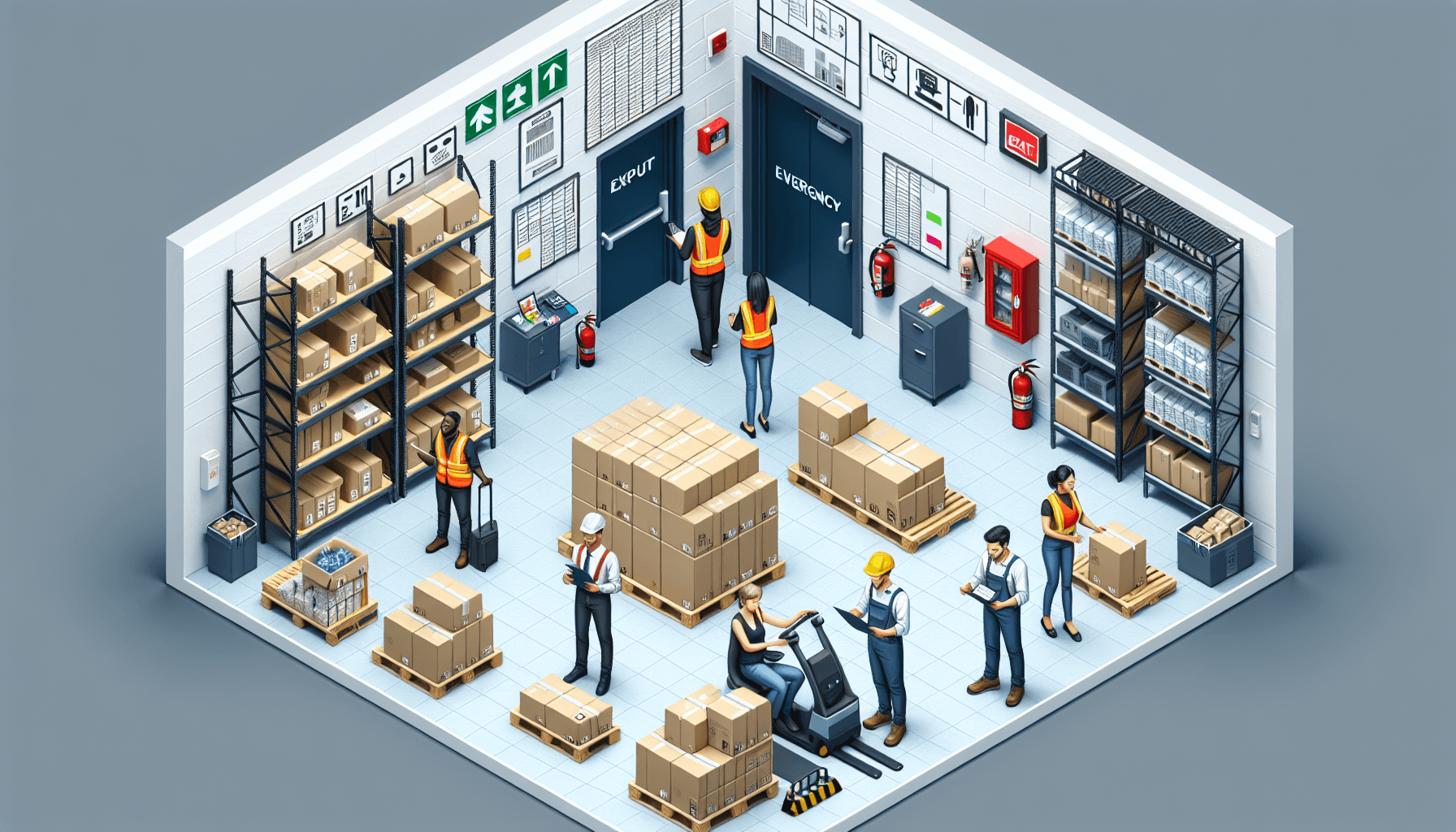Emergency preparedness is a crucial aspect of maintaining a safe and secure work environment, especially in warehouses. With the multitude of potential hazards and risks present in such settings, being prepared for emergencies can greatly minimize the adverse impact on operations and the well-being of employees. In this article, we will explore the importance of emergency preparedness in warehouse safety and how it can contribute to the overall efficiency and productivity of the facility.
The Significance of Emergency Preparedness
Warehouses are dynamic environments where various activities like storage, material handling, and logistics operations take place simultaneously. These activities, combined with the presence of heavy machinery, electrical equipment, and flammable materials, create a significant risk for accidents, fires, and other emergencies. Implementing effective emergency preparedness measures is essential to protect lives, prevent property damage, and ensure business continuity.
One crucial aspect of emergency preparedness is creating and regularly reviewing emergency response plans. These plans should include procedures for different types of emergencies, such as fires, chemical spills, severe weather events, and medical emergencies. In addition to outlining specific actions to be taken, such as evacuation routes and assembly points, the plans should also designate trained personnel responsible for coordinating the response efforts.
Investing in adequate safety training and drills is another integral part of emergency preparedness. All warehouse employees should receive comprehensive training on emergency procedures, including how to use firefighting equipment, operate emergency exits, and provide first aid. Regular drills should be conducted to reinforce response protocols and familiarize employees with the necessary actions to be taken in real-life emergency situations.
Furthermore, a well-stocked and properly maintained emergency supplies kit can be a lifeline during emergencies. This kit should include items such as first aid supplies, flashlights, fire extinguishers, and emergency communication devices. Regular checks of the emergency supplies and safety equipment should be performed to ensure they are fully functional when needed.
Additionally, warehouses should establish effective communication systems to disseminate timely and accurate information during emergencies. This can include a combination of loudspeaker announcements, visual alerts, and digital communication tools. Ensuring that all employees can quickly and easily receive and understand emergency notifications is vital for efficient evacuation and response.
It is also crucial to emphasize the importance of maintaining a clean and organized warehouse environment. Clearing clutter, properly storing materials, and regularly inspecting equipment can help minimize the risk of accidents and decrease the severity of potential emergencies. Adequate lighting, clearly marked exit routes, and visible safety signage should also be prioritized to enhance the overall safety of the warehouse.
Moreover, conducting regular safety audits and evaluations can help identify potential hazards and areas for improvement. Enlisting the services of a professional warehouse safety evaluation company, such as HCO Innovations, can provide an objective assessment of the warehouse’s safety practices and offer suggestions for enhancing emergency preparedness.
Benefits of Effective Emergency Preparedness
Having a robust emergency preparedness plan in place offers several notable benefits for warehouse operations:
- Protection of Lives: Prioritizing emergency preparedness ensures the safety and well-being of all individuals present in the warehouse, including employees, contractors, and visitors.
- Minimized Downtime: Effective emergency response measures can help minimize downtime during and after an emergency, allowing operations to resume quickly and reducing potential financial losses.
- Enhanced Employee Confidence: When employees are aware of the emergency response procedures and have participated in drills, they feel more confident and empowered to handle emergencies, leading to a safer work environment.
- Compliance with Regulations: Many countries have specific regulations and standards in place that mandate emergency preparedness in workplaces. By adhering to these regulations, warehouses can avoid legal repercussions and maintain a good reputation.
- Protection of Assets: Swift and effective emergency response measures can help protect warehouse infrastructure, equipment, and inventory from damage, minimizing the impact on the business’s assets.
In conclusion, emergency preparedness plays a critical role in ensuring the safety, well-being, and overall efficiency of warehouse operations. By implementing comprehensive emergency plans, conducting regular training and drills, and investing in the necessary resources and equipment, warehouses can minimize the risk of accidents and effectively respond to emergencies when they occur. Prioritizing emergency preparedness is not only a legal obligation but also a smart business decision that can protect lives, assets, and the reputation of the organization.

